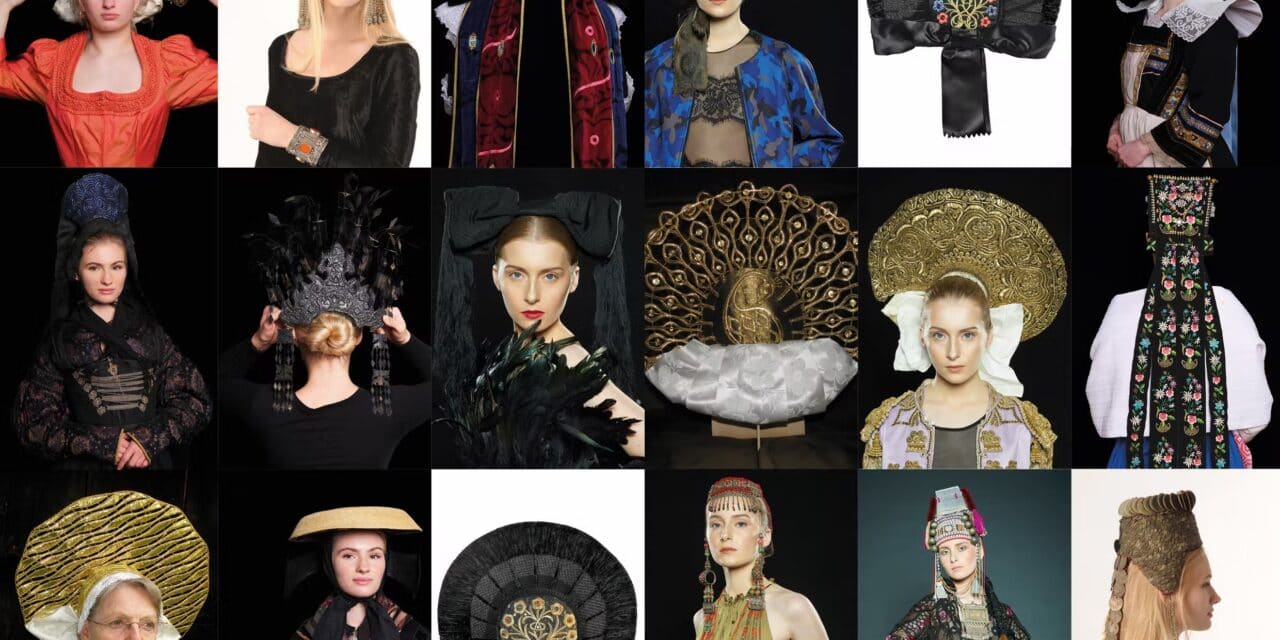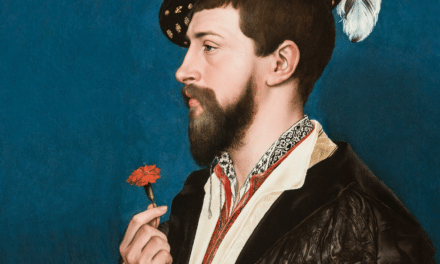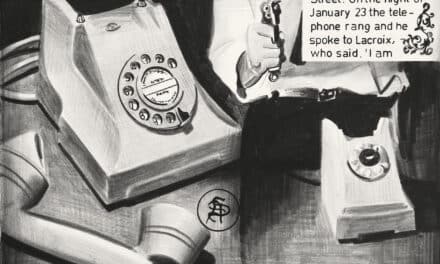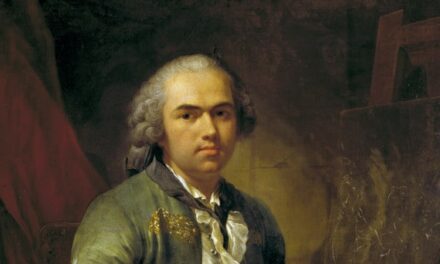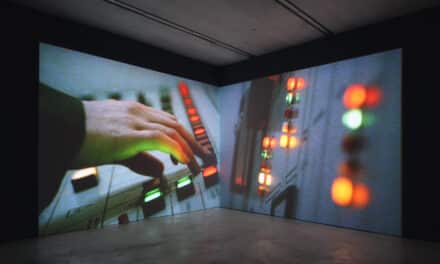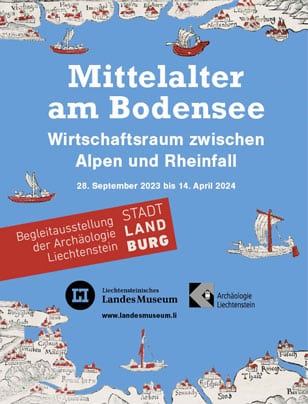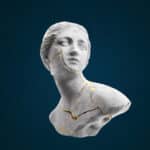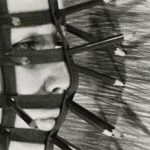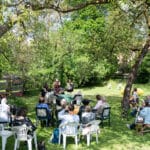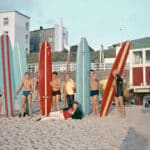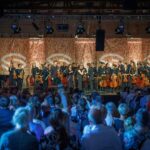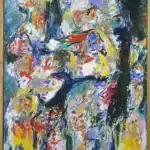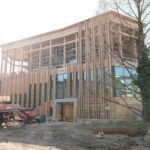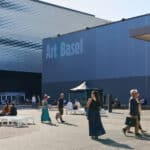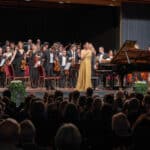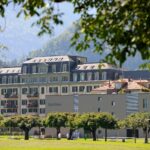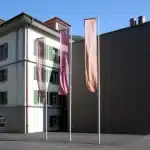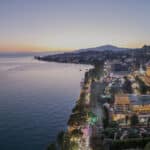Operettas in Liechtenstein
The tradition of folk theater in Liechtenstein dates back to around 1920. Back then, many male choirs began performing popular theater during the carnival season. The sole purpose was to entertain the audience - and this has remained the case to this day. Standards rose: an operetta was staged for the first time in Vaduz in 1940, followed by Balzers in 1946. These operettas were the highlights of Liechtenstein's cultural life. Audiences came in droves from all over the region. However, the male choirs were overwhelmed by the constantly growing demands. The operettas had to be placed under new sponsorship, which required the operetta associations. Today, they are facing new challenges: To secure the future of operettas, they need the loyalty of the audience, good roots in the village and the region, the goodwill of sponsors and the public sector and the involvement of renowned stars.
Until June 8, 2022
"open & close - When artistically designed eggs open"
The egg appears to have no beginning or end. Its shell perfectly encloses what is inside. Only when the time has come does the shell open to reveal the inside. The collection of the Liechtensteinisches LandesMuseum contains numerous artistically designed (Easter) eggs whose production plays with the moment of opening and closing. This year's Easter egg presentation features eggs from chickens and geese, eggs made of silver, porcelain and glass, paper, wood or tin, which can be opened in different ways. Not always, but often the inside has a very special meaning - be it playful, useful, decorative or surprising.
Until March 1, 2023

Hen's egg, with opening and integrated zipper, Konrad Hostettler, Switzerland, 1989
Spectrum - Rashid Al Khalifa
Spectrum uses traditional Middle Eastern architectural principles, as seen throughout Bahraini artist Rashid Al Khalifa's heritage, and places them in a contemporary context by playing with structural attributes that are also reminiscent of contemporary architecture in the Gulf region. In addition, Rashid integrates a specific palette with tones that are characteristic of his country's landscape. Despite the physicality and monumentality of his work, which has changed over the years with the environment that has long inspired him, if we really want to understand the essence of Rashid's work, we realize that he has had a very deliberate journey. He has always strived to express the fundamentals of life through the contrasts he regularly observes in his immediate surroundings and through the colors and light that reflect a land he cherishes.
June 16 to September 4, 2022
Headdresses, costume and identity - Europe, Asia, Africa
Historical headdresses from the Lake Constance region and over 35 countries in Europe, Asia and Africa are on display for the first time in a new concept. The more than 300 objects date from the 18th to the 21st century. Headdresses around the world show social status and origin. The variety of textile and metal head ornaments includes hoods, shawls, hair ornaments and other rare forms. Special attention is paid to wheel and gold hoods from Liechtenstein and Austria, including individual pieces from the archive of the Liechtenstein Costume Association. Numerous complete costumes from Europe with their headdresses give an impression of the diversity of regional clothing styles. The face of traditional costume comes to life in traditional costume biographies. Attention is paid to individual traditional costumes in historical use. The visual language of the extensive accompanying book and the photographs in the exhibition show the timeless beauty and creativity of historical pieces in new stagings.
June 25 to October 30, 2022
Regina Marxer as stamp designer
The artist Regina Marxer from Vaduz is the first woman from Liechtenstein to design a Liechtenstein stamp. This was the postage stamp issued in 1975 to mark the "30th anniversary of the Liechtenstein Red Cross". By 2004, Regina Marxer had produced the designs for a further 28 Liechtenstein stamps.
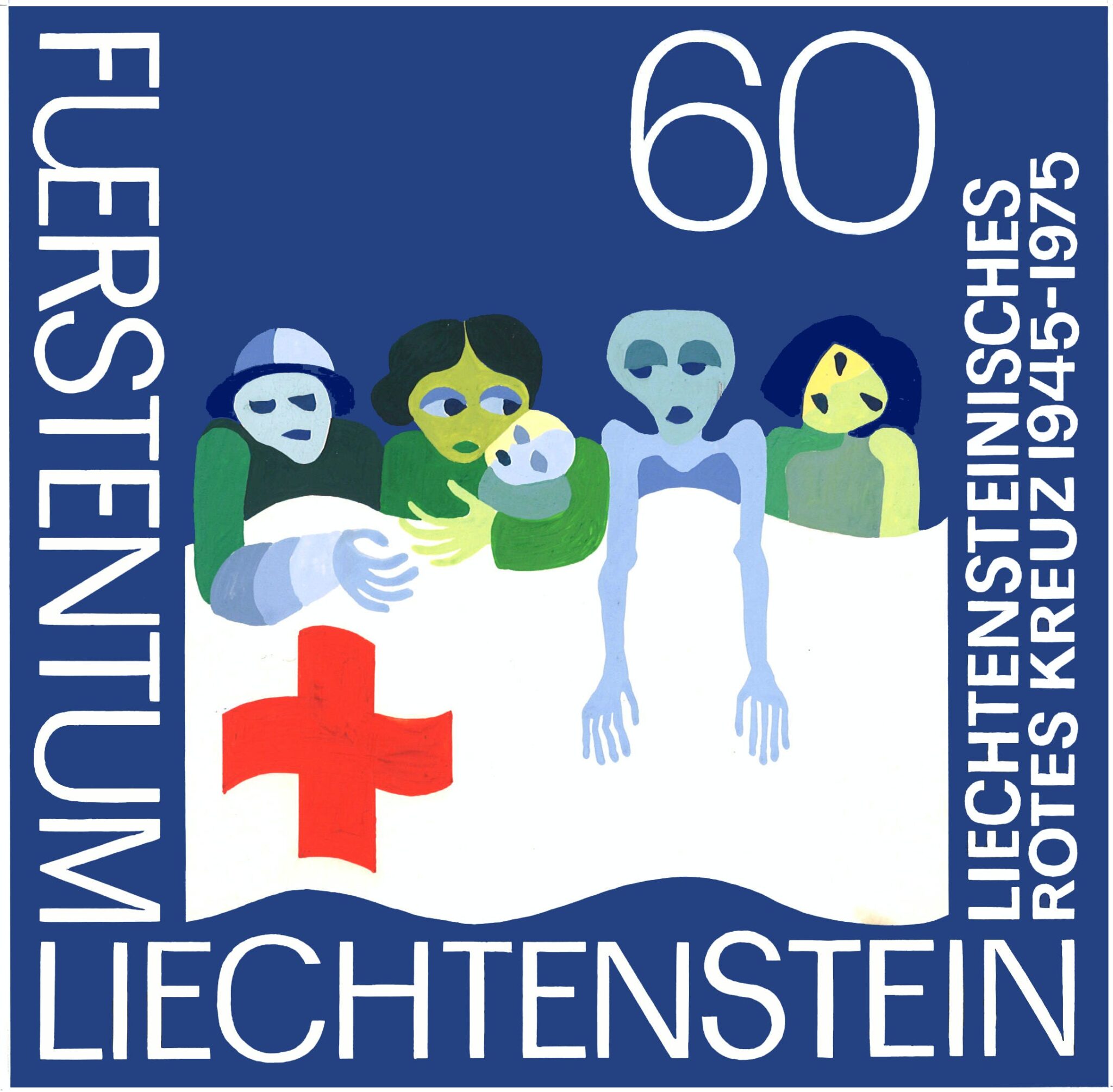
Regina Marxer. "Hilfsbedürftige, Rot-Kreuz-Fahne" from the series "30 Jahre Liechtensteinisches Rotes Kreuz", 1975. gouache. Original design. Liechtensteinisches LandesMuseum, photo: Sven Beham
The collection of the Liechtenstein National Museum contains the original designs for these stamps as well as other unrealized designs and sketches by Marxer. Several of these works are now being shown for the first time in a special exhibition. With this retrospective, the LandesMuseum is honoring Regina Marxer on the occasion of her 70th birthday as a stamp designer.
Until September 18, 2022, PostMuseum

